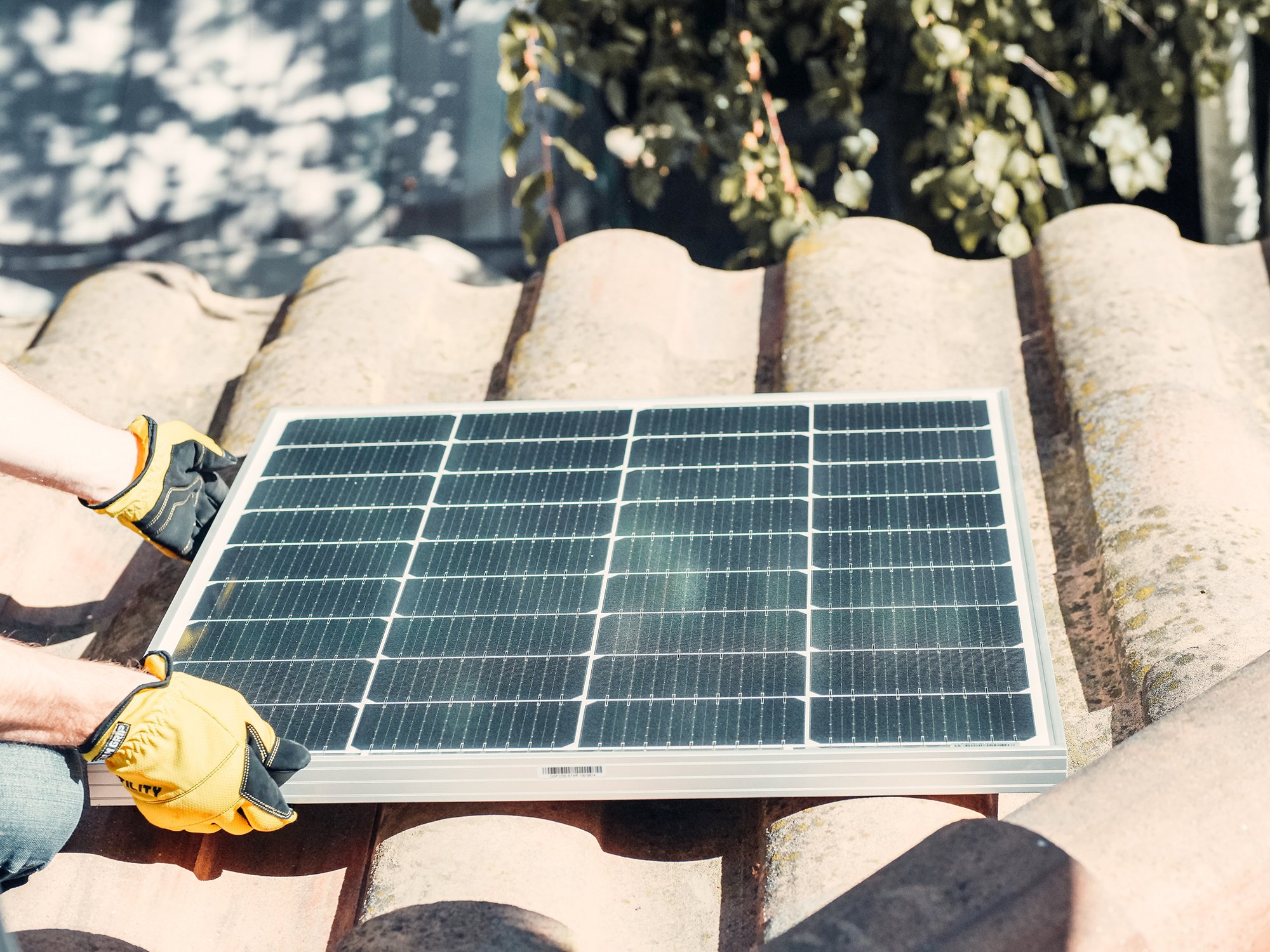(Plus Our Opinion)
Homeowners or property owners who “go solar” often mentally lock into a certain amount of panels or system offset they will achieve based on what the solar contractor tells them. This is an exciting time! Customers can sometimes see an 80% to 100% match between production and consumption. Some can even make money on solar with net metering.
However, there’s a problem: customers are often promised a certain system size that doesn’t actually come to fruition. This can manifest itself at two moments in a solar project’s life:
1. Pre-construction: There is the system size a sales rep promises a homeowner based on a satellite imagery layout and proposal. This estimate is fine-tuned with an onsite survey either right before or right after the homeowner signs the contract, as over 90% of solar contractors visit the project’s site before construction for a technical assessment. The difference between the sales proposal layout and the final engineering layout is called a “change order,” which can significantly alter a system’s size and negatively affect customers’ expectations.
2. Post-construction: Sometimes system production is not adequately modeled pre-construction and therefore the live system’s performance is different than expected. There are several notable reasons for this, which we outline below.
These two factors are the root of the solar power production guarantee.
What are production guarantees in solar?

A production guarantee is a promise by the contractor to the customer that a system will produce at least a certain amount of power during a specified period of time.
When contractors offer production guarantees, they are promising a minimum power output of a system and are on the hook if it doesn’t deliver the expected kWh. If that guaranteed amount is breached, the contractor is responsible for “true-ing up” that difference, meaning they pay the customer to make up for the lost production. Many solar contractors offer production guarantees of some sort, including Freedom Forever’s 25 year guarantee, Sunnova’s 10-15 year guarantee, and Paradise Solar’s 10 year guarantee.
Production guarantees also differ from performance guarantees, another thing contractors should be aware of.
When contractors offer performance guarantees, they are promising the quality of the panels themselves and have to replace the panels if they degrade faster than the expected amount.
From the homeowner’s perspective, having a solar power production guarantee provides downside protection. It gives a homeowner confidence that they will get what they paid for, or at least close to it. But what about the pros and cons from a contractor’s perspective?
Cons of solar power production guarantees
1. Weather is getting harder to predict
Production simulations use historical weather data from ground stations, satellites, or both to inform future estimates. However, climate change is altering weather patterns and environmental conditions. Forest fires produce ash and smog that block the sun and put soot on panels themselves. Similarly, heavy rainfall reduces solar output. Increased hail in the winter contributes to more cracked modules. Fortunately for contractors, some production guarantees have clauses that give them a pass during natural disasters or acts of god. But that legal technicality still doesn’t help with homeowner expectations.
2. Shading issues, especially those outside of your control
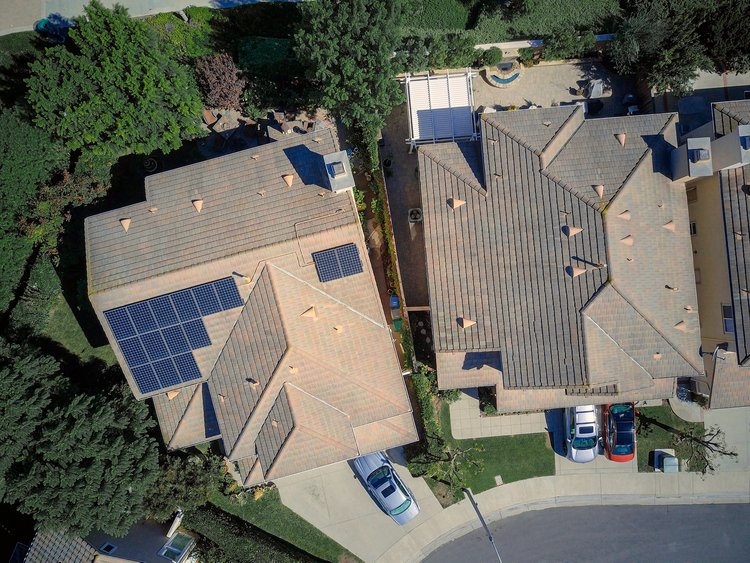
The shading on a property can significantly alter a system’s production. There are two types of issues that arise. First, many solar companies use remote shading tools with outdated data that is often 2D and adjusted. This is inferior to an onsite shading solution, such as Scanifly’s validated drone-based solution, the only in the industry.
Second, for many sites – particularly the Pacific Northwest and other wet climates with tall vegetation – it’s tough to get accurate shading analysis. While onsite surveys and drone-based modeling do help significantly, nailing down vegetation growth rates further complicates a forecast. Further, in suburban and smaller communities, you may have an issue with a neighbor’s vegetation creating shading problems, which is beyond your control but still hampers your ability to make a production guarantee. This can be remedied by cutting back vegetation, but few homeowners like to unexpectedly remove their favorite tree.
3. The project becomes a liability on your balance sheet
When you make a production guarantee, that project is on your liability tab until the guarantee is over. Rectifying mistakes costs money, from adding panels to paying the difference between guaranteed output and actual output. And unfortunately you never know if or when a major problem will strike. The more projects you do, the more these liabilities increase. If you model production using improper tools, this can be deleterious for a contractor.
4. Your estimates are wrong (or technically right but still anger homeowners)
Contractors will use a P50 or P90 estimate; as outlined by Heatspring, a curriculum provider, the “P” stands for probability and the number is the percentage of your guarantee happening. For example, if you built a system with a P50 rating of 500 kWh annually, that means you’re guaranteeing a 50% chance that any given year will produce 500 kWh. With a P90 rating, you’re guaranteeing a 90% chance of hitting the promised kWh.
When you’re wrong, it means an unhappy homeowner and a financial outlay to compensate for the missed production. But even when you’re technically right, you can still anger your customer. If you promised a P50, for example, you’re “right” if the system produces the minimum level of power once every two years, but that still means the homeowner doesn’t get the power they expected in other years.
The management of homeowner expectations is a tough balance regardless of the percentage guaranteed.
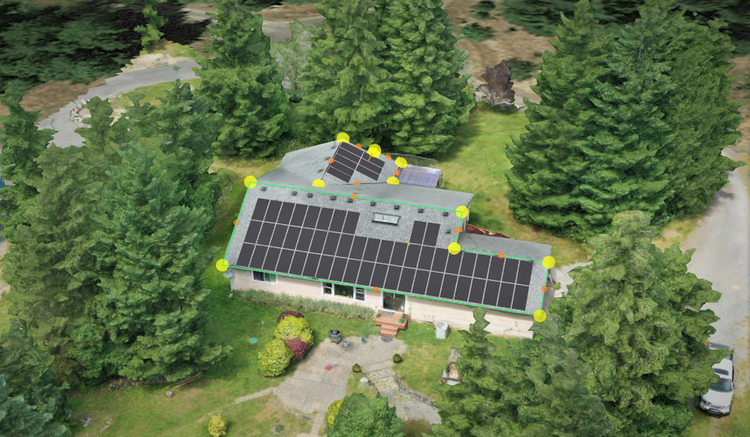
Pros of solar power production guarantees
While the cons seem difficult to overcome, there are multiple pros to consider:
1. Builds customer trust
When you offer a production guarantee, you’re putting your money where your mouth is. That is a massive way to build customer trust in solar energy and in particular your brand. It shows that you are confident and stand behind your product.
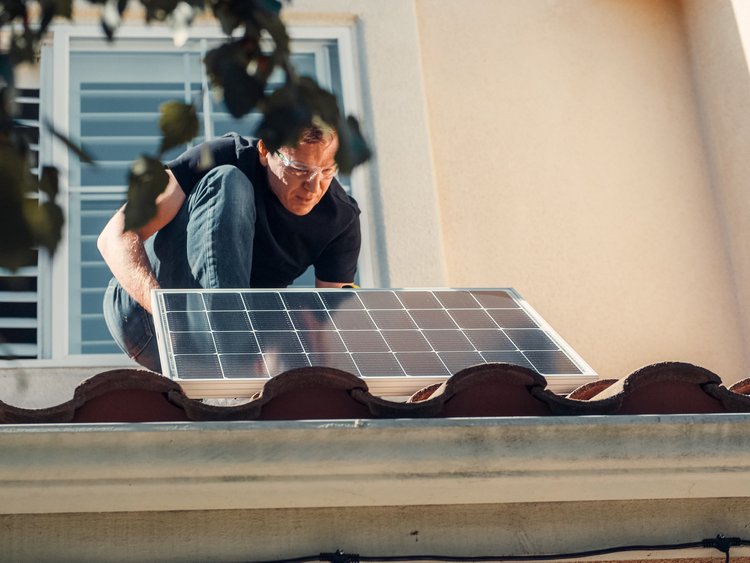
2. Incentivizes being conservative with estimates
Production guarantees incentivize salespeople to avoid max-fill claims because they have to stand behind the estimates. That means customers are generally told a more honest figure about what their solar panels can generate, which leaves room for delightful moments like a system producing more power than promised.
3. It’s a great marketing and sales booster
A solar system is often a large expense for homeowners. Production guarantees help hesitant customers get over the mental blocks of spending that kind of capital, since they have downside protection if things go wrong.
Should you offer solar power production guarantees?
Ultimately, every contractor needs to decide for themselves if production guarantees make sense. However, here’s our opinion on some factors to consider:
When it makes sense
If you have a history of accurate estimates and feedback from customers indicates you deliver on your promises, a production guarantee can be a great sales and marketing tool to help your business grow. Further, it could be a way to gain a leg up in a newly competitive market if you know you can stand behind your estimates.
When you may want to avoid production guarantees
If you are new to solar or have a new team, production guarantees may not be the best choice at this time until you can prove out your estimation models. If you do opt for guarantees – or market forces require you to offer guarantees – consider offering more conservative or P50 guarantees so you don’t end up with significant liabilities. The market tends to expect above 80% guarantees though, so be cognizant of what homeowners’ expectations are.
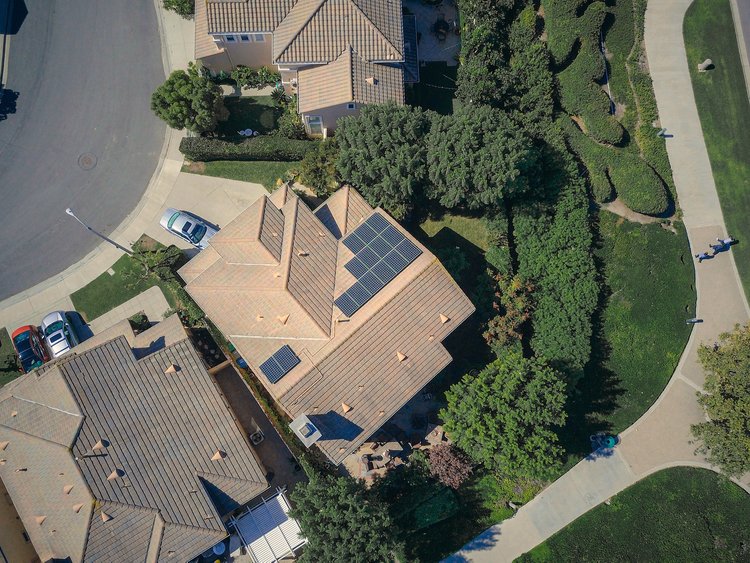
An alternative option
There are also third-party guarantees that can be offered, like through Omnidian or SolarInsure. However, in some cases, this means a contractor gives up their direct relationship with the homeowner, which then makes for a tougher upsell down the road and the reduced stickiness could lead to fewer referrals. Plus, even though there is a guarantee with a third party, anecdotally most homeowners still call the contractor who installed the system when an issue arises.
As solar predictions become more accurate, it’s possible production guarantees will become the norm in the industry. However, there’s also the converse argument that as solar becomes more commonplace, production guarantees will become less necessary. In the meantime, it’s a choice for each contractor to make based on how the pros and cons apply to their business.

